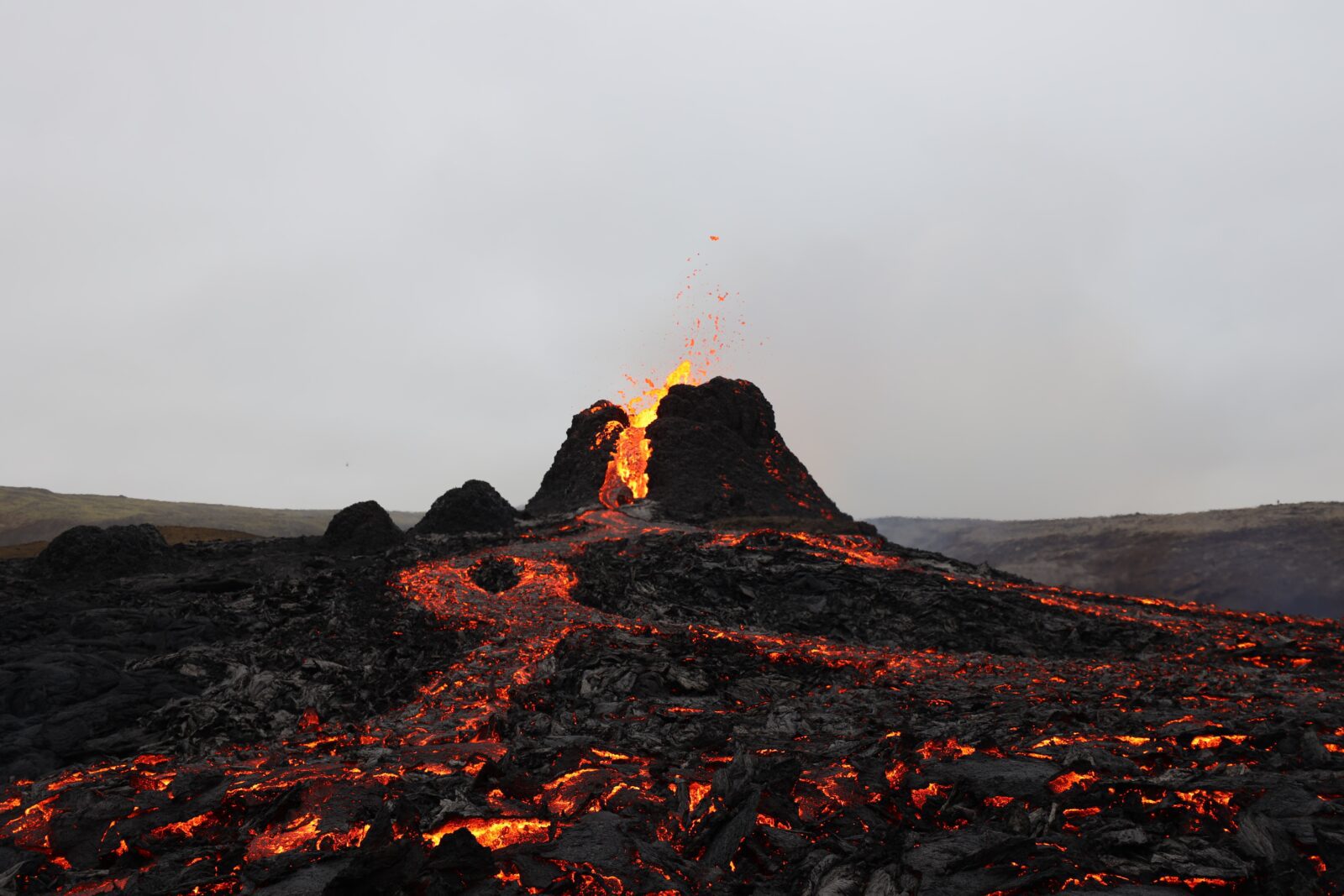The huge eruption in Tonga caused a series of world-circling tsunamis, which may have originated as a single pile of water around the height of the Statue of Liberty. These tsunamis circled the whole planet.
In addition to this, the explosive eruption caused an enormous atmospheric shock wave, which in turn spawned a second set of tsunamis that moved particularly quickly. This is an extremely rare phenomenon, and it can complicate the process of issuing early warnings for tsunamis, which are frequently destructive waves. Researchers reported their findings in the October issue of Ocean Engineering.
The Hunga Tonga–Hunga Ha’apai underwater volcano in the South Pacific erupted in January, which caused a massive volume of water to be forced upward. The eruption took place in the South Pacific. The water that was contained inside that enormous hill eventually “flowed downhill,” as fluids have a tendency to do, which resulted in the first series of tsunamis.
Scientists employed computer models, in addition to data from deep-ocean instrumentation and coastal tide gauges located within around 1,500 kilometers of the eruption, the majority of which were located in or near New Zealand. This allowed them to estimate the scale of the mound when it was first formed. According to Heidarzadeh, the most important pieces of information were the arrival timings of the tsunami waves as well as their magnitude at those places.
The group considered nine unique options for the first wave, each of which was fashioned like a baseball pitcher’s mound and had a certain height as well as diameter. According to the findings of the researchers, the model with the most accurate representation of the real-world data was a mountain of water with a circumference of 12 kilometers and a height of an astounding 90 meters.
The second set of tsunamis that were caused by the Tongan eruption were caused by a large air pressure wave, which is another uncommon characteristic of the eruption.
This pressure pulse was caused by a steam explosion that happened as a consequence of a significant amount of saltwater penetrating the heated magma chamber that was located underneath the volcano that was erupting. Tsunamis were caused when a pressure wave traveling over the surface of the ocean at rates more than 300 meters per second pushed water in front of it, causing it to move faster.













Leave a Reply